How to Prep and Cook Nopales
Nopales, or cactus paddles, are an authentic (and delicious!) Mexican ingredient, but they can be somewhat intimidating – they are prickly cacti, after all! Not to worry, though. I’ve created a whole guide just for you. From how to choose, prep, and cook Mexican nopales, to where to buy them and what they’re good for, after reading this post you’ll be a pro!
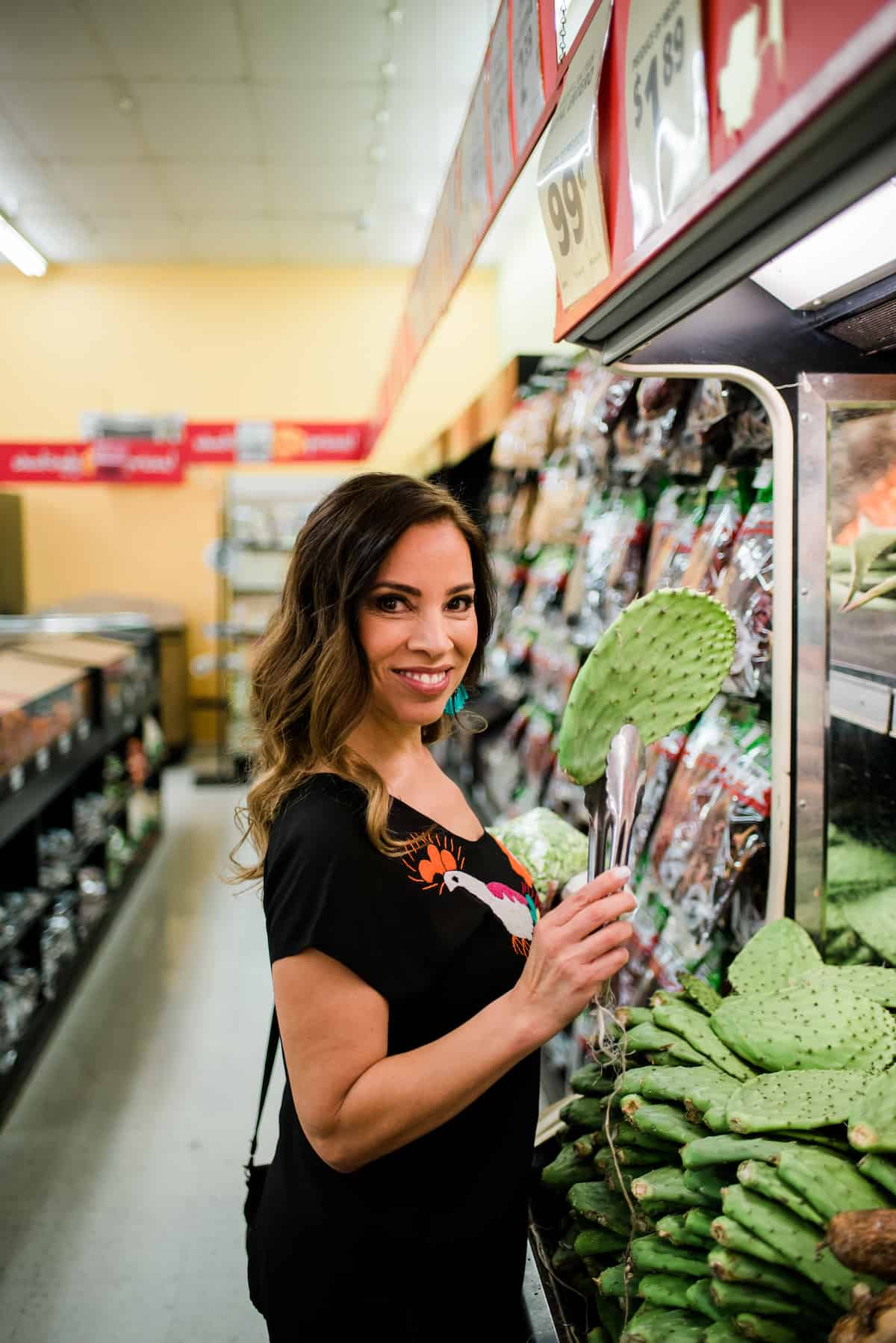
What are Nopales?
Nopales (pronounced “no-PAW-lehs”) are the paddles (or leaves) of the prickly pear cactus. Much beloved in Mexico, this native ingredient tastes like a lemony green bean had a baby with okra.
Prickly pear cactus paddles can either be eaten raw or cooked, and have numerous applications for just about any meal. (I’m not kidding. There are so many nopales recipes out there, you can even eat nopales for breakfast!)
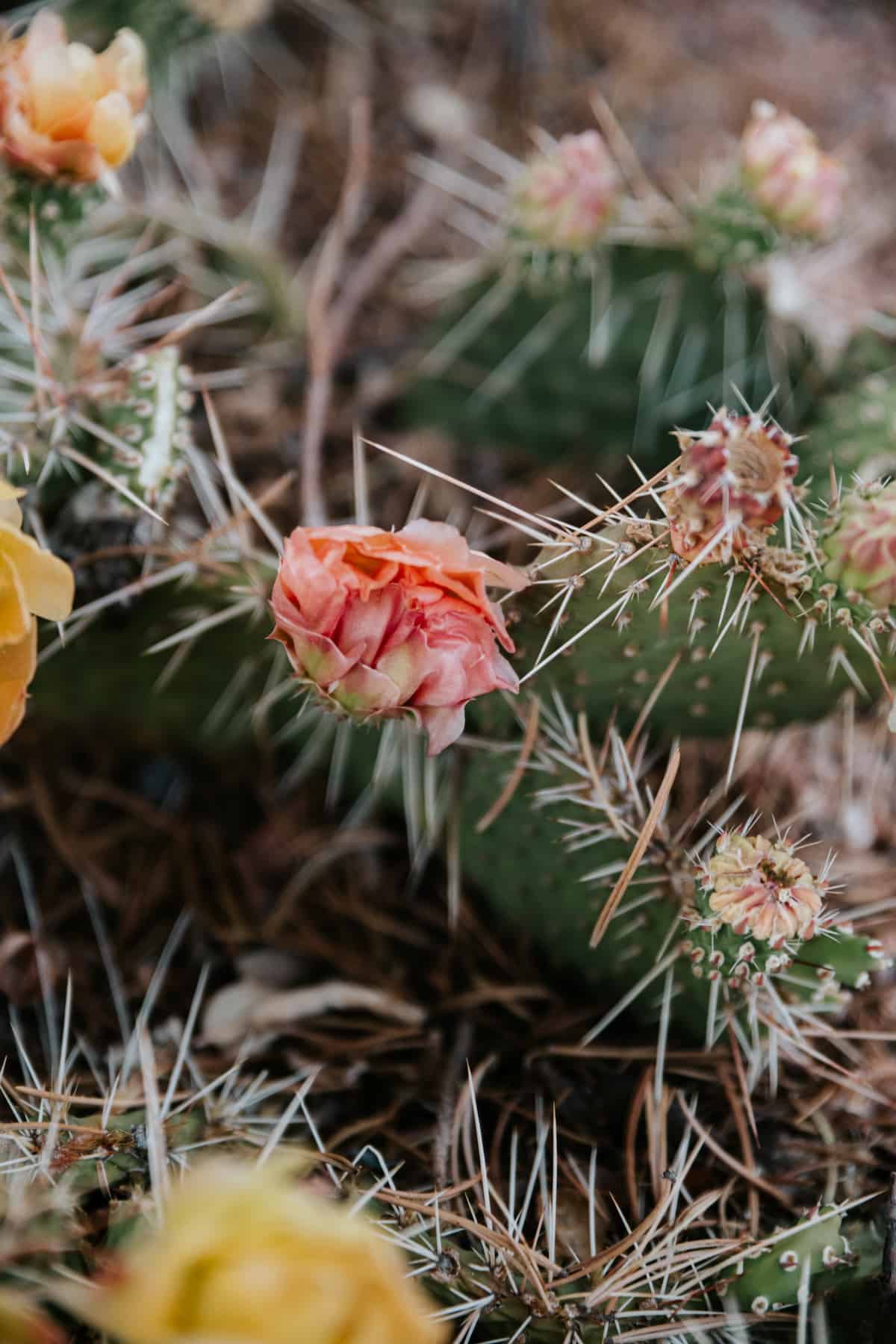
When they’re raw, nopales are crunchy, with a texture like raw asparagus or green beans, and they have a light, clean flavor. In fact, I enjoy adding chopped and frozen raw nopales to my morning smoothies, such as this green smoothie, Licuado de Nopal (Cactus Smoothie).
After cooking nopales, they have a texture that is similar to okra. As a mucilaginous plant, cooked nopales give off a somewhat slimy goo (known as baba in Spanish) that can be off-putting. Don’t worry though. If you follow my instructions below and in my informational video all about nopales, your nopales will come out perfectly delicious and slime-free!
Where can you buy nopales?
I often buy nopales at a local Latin grocery store. Fresh and spineless nopales can even be purchased online! If you want the health benefits but don’t want to take the time to prep and cook nopales, you can also reach for jarred nopales.
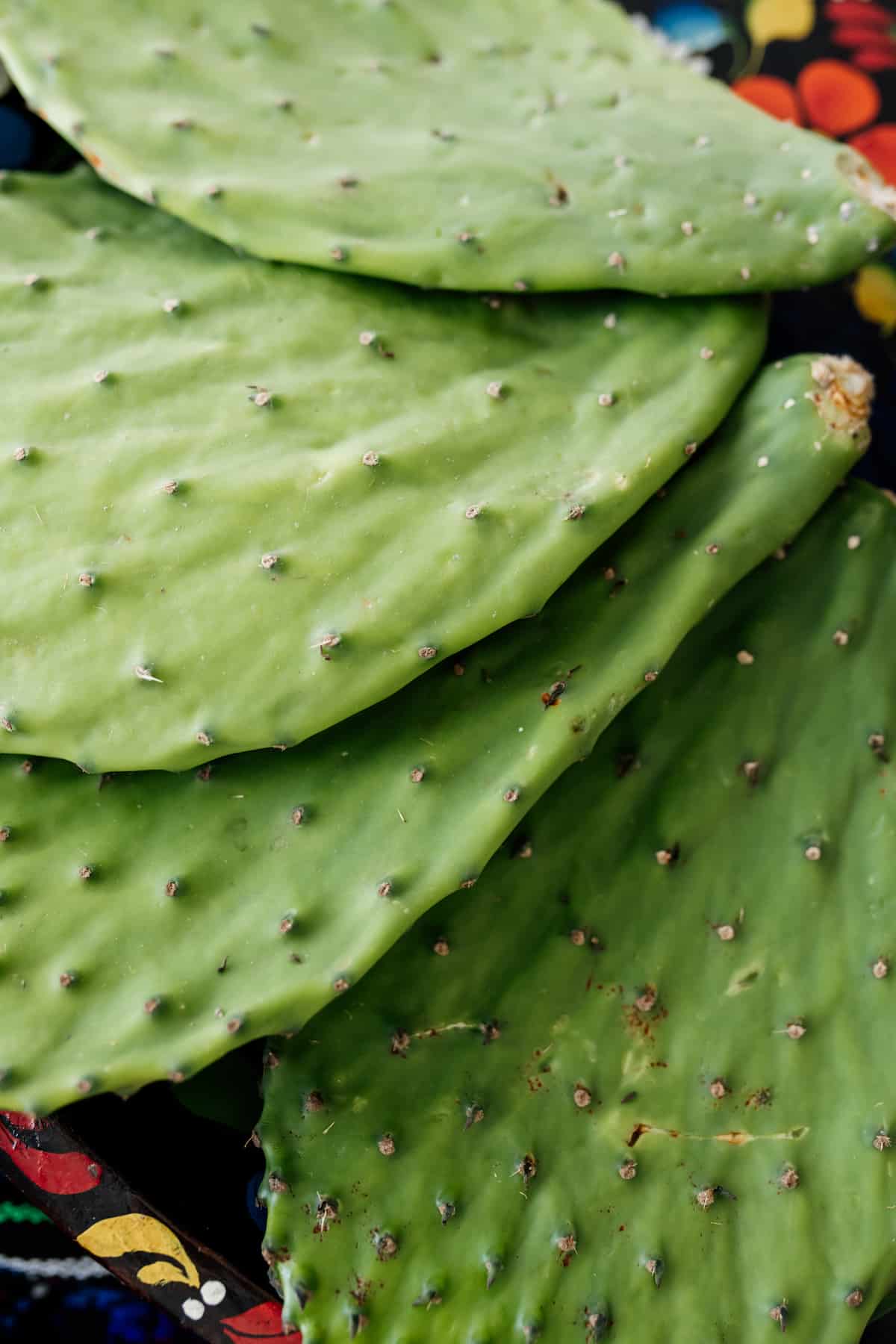
How to prepare nopales
Regardless of which nopales dish you want to make, you’ll prepare the paddles the same way. Since I didn’t grow up preparing them, I wasn’t really sure where to start the first time I tried making nopales. If you’re a visual learner, I found this video very helpful and highly recommend the method. (I also love how the sweet lady telling family stories reminds me of my dear Grandma, Jesusita.)
Most often when you purchase nopales, most of the thorns are removed. While the spikes on nopales paddles are sharp, you don’t need to be intimidated. Prepping this plant for eating is much easier than you think!
That said, there are usually tiny thorns that will still need to be removed.
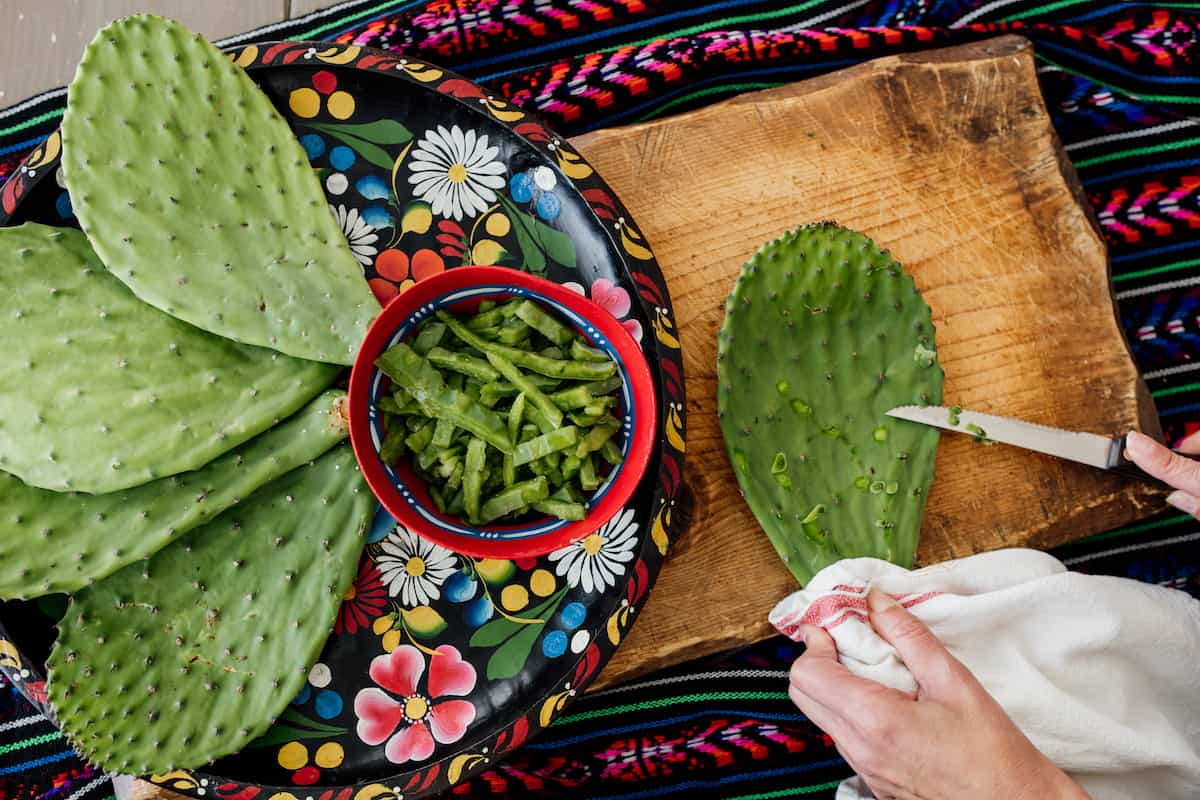
Step 1: Proper Grip. Be sure to protect your fingers and use a kitchen towel to hold the nopal at the base.
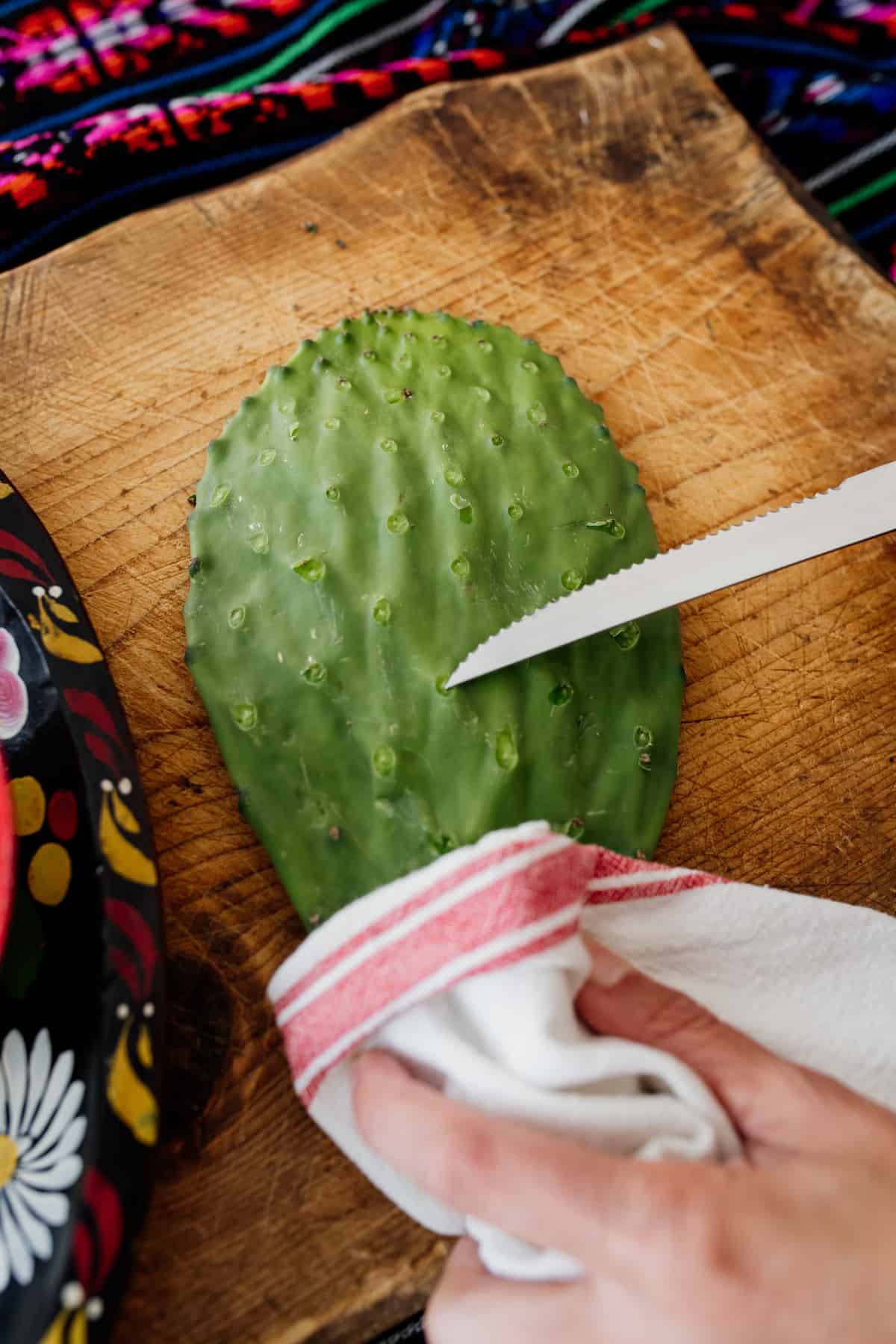
Step 2: Cut Across the Grain. Remove any spines on the nopales by running a sharp knife against the grain of the spines. Be sure to flip the nopal and repeat the process. This is a bit time-consuming, but you don’t want to miss any thorns.
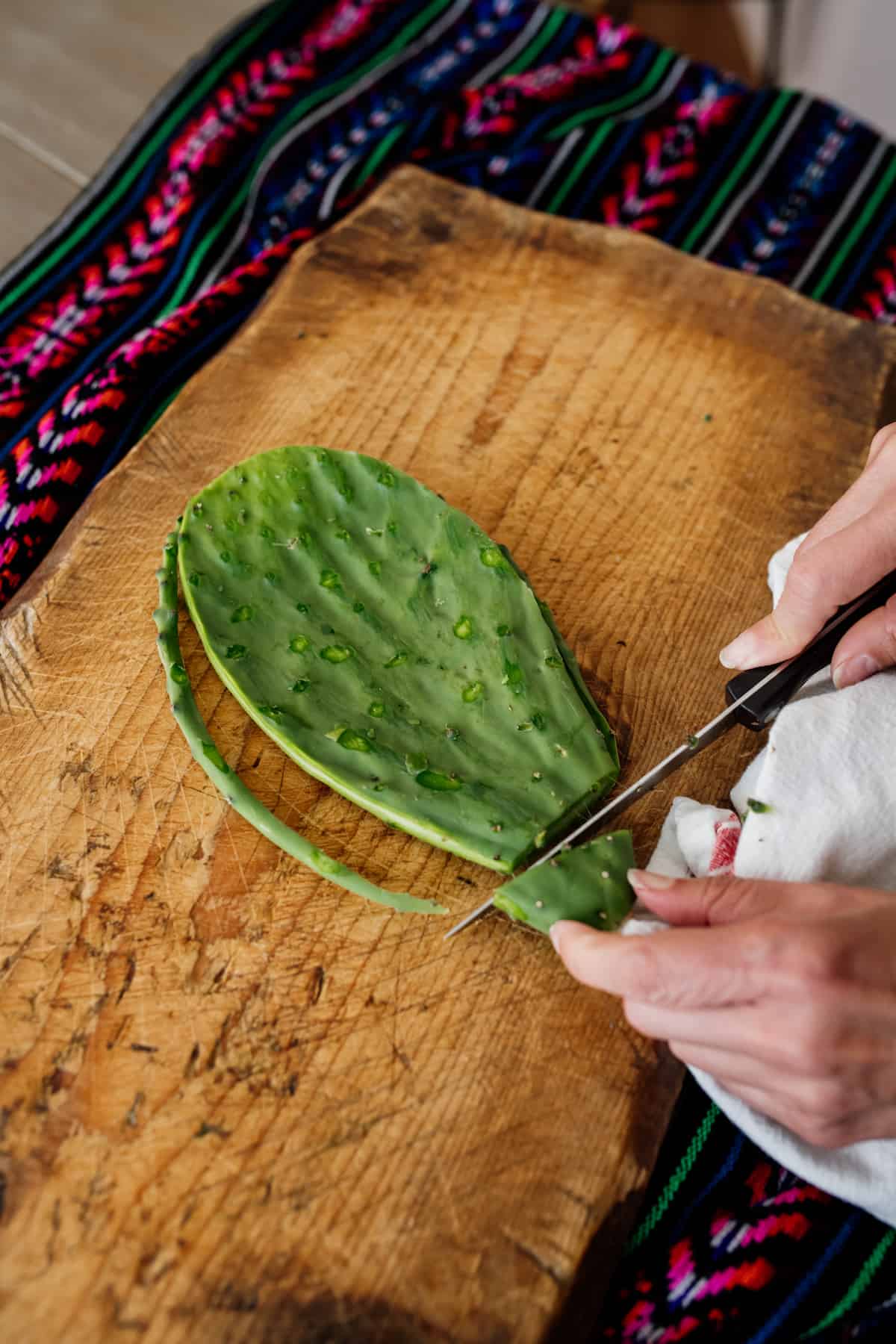
Step 3: Finish Trimming. Next, you want to cut away the outer edge and then slice off the base of the nopal. That’s where the majority of thorns are, so take your time removing them all.
Step 4: Decide which way you want to cook them. From here, you can either slice or chop the cactus to eat raw or cook them by boiling or grilling.
How to cook nopales
There are three primary ways to cook prepared cactus paddles:
Grill Nopales
Slice the nopales, and lightly score them, but keep the base intact. Do you see some of that “slimy” liquid? Once cooked, that will evaporate. Generously sprinkle the grilled nopales with salt. You can cook nopales on the grill or griddle/pan on medium-high for 4 to 5 minutes per side. Feel free to cook longer if you do not want to see any baba.
Grilling nopales whole, without slicing or scoring, can also be done — it just slows down how long they take 1 to minutes longer to cook.
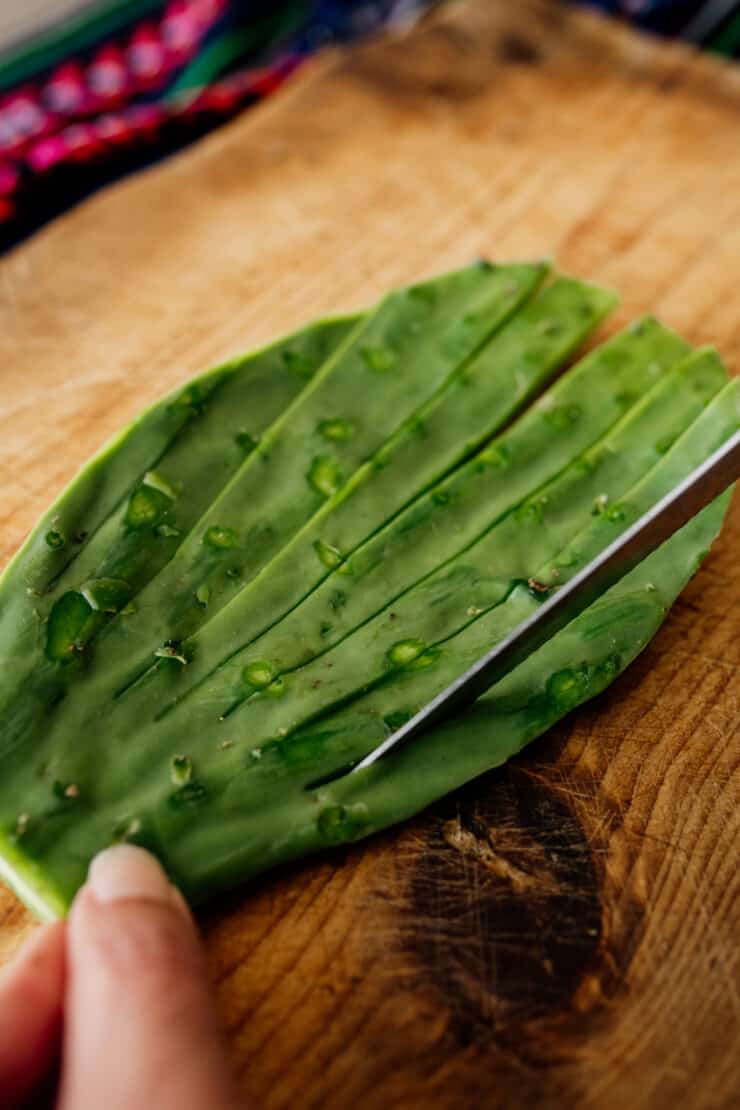
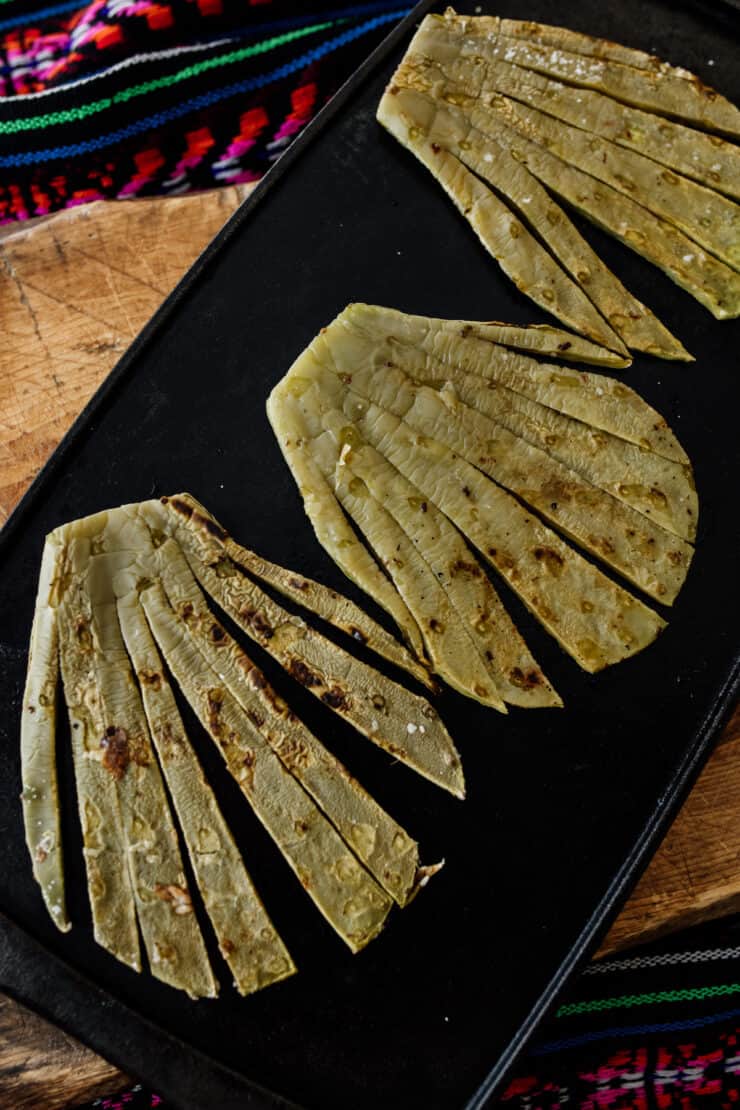
Boil Nopales
Slice or chop nopales to desired size. Place chopped nopales in water with about a tablespoon of salt and boil them for about 10 to 15 minutes. Once the nopales have changed color they are good to go! Drain and, if you wish, rinse them in cold water.
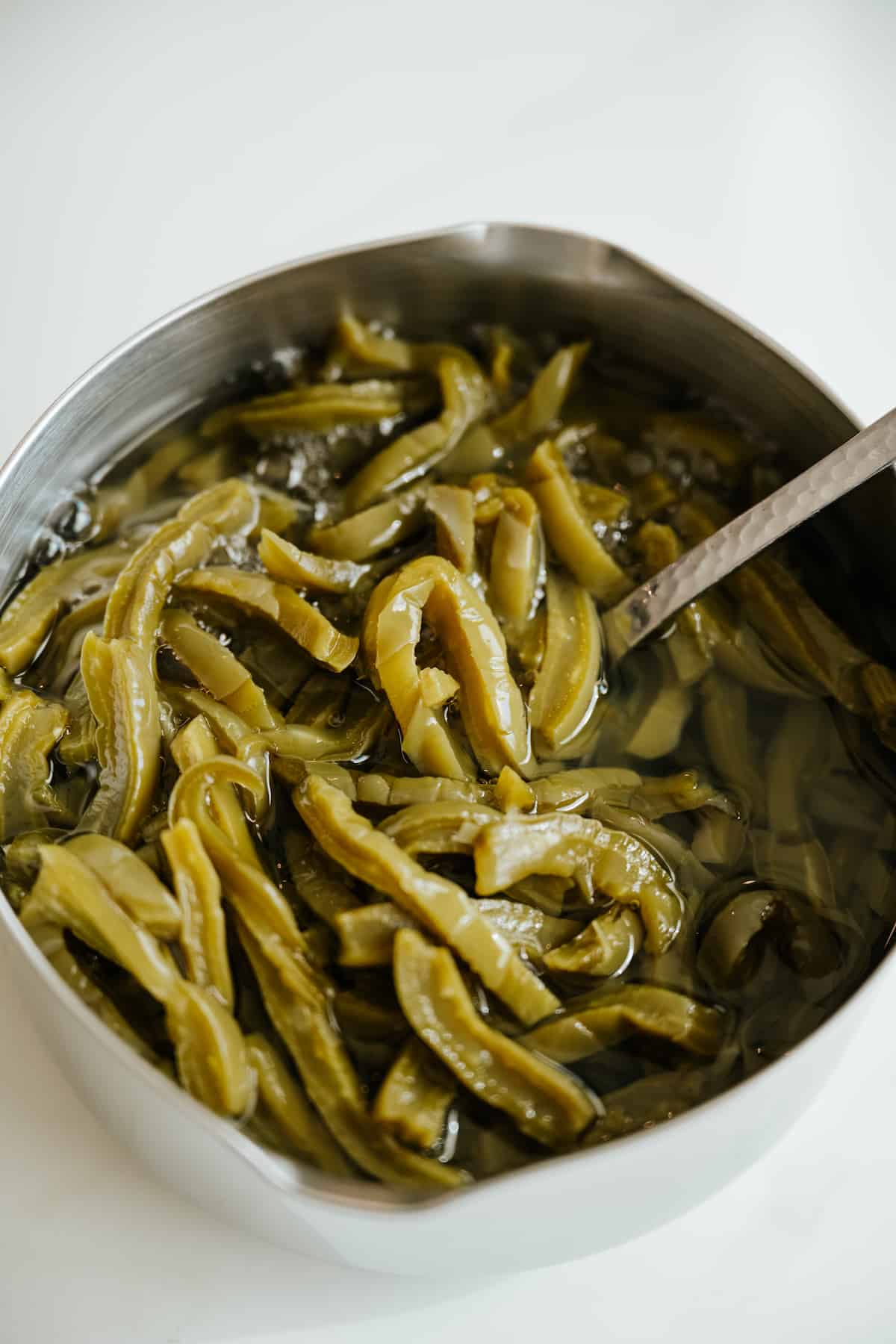
Mexican Nopales Recipes
- Nopales con Huevo
- Nopales a la Mexicana
- Tortitas de Camarón con Nopales (Mexican Dried Shrimp Patties)
- Huevo con Nopales en Chile Colorado
- Licuado de Nopal (Cactus Smoothie)
- Nopal (Cactus) Quesadillas
Frequently Asked Questions
Picking good, fresh nopales is pretty easy. You want paddles that are bright green and flexible, but not floppy. The skin should not have any wrinkles, as this can indicate the cactus has been on the shelf for too long. As a general rule, opt for paddles that are about the size of your hand or smaller. They should be less than eight inches in length (about the length of the tip of your pinky to the tip of your thumb with an outstretched hand). If you reach for larger nopales, you run the risk of getting a stringy and tough piece..
Peak cactus season is from spring to late fall. They are not only likely to be fresher and tastier during this time, but also cheaper to boot!
When they’re raw, these prickly cactus paddles taste sweet, bright, and vegetal. When cooked, they maintain their sweetness, and grilling adds smokiness.
Nopales are edible when raw. Once the spines are removed, feel free to chop and add to your salads for a bit of yummy, healthy crunch. When consumed raw, many people notice a slimy texture (known as “baba”) and find nopales not as flavorful as when cooked.
Yes! Prickly pear is a delicious fruit that tastes like strawberry-pineapple-kiwi bubble gum. Try my Prickly Pear Frozen Margarita for a fun introduction!
Grilling nopales is my favorite method – the gooey mucin, or baba, just evaporates. There’s no need for extra preparation. Boiling in salted water and draining also helps to draw out some of the gooiness. When they’re raw, the nectar doesn’t have the same sticky, gooey quality.
The nopal plant (prickly pear cactus) is actually both! The nopal paddles are considered vegetables, while the magenta-colored prickly pear is a fruit.
They do have a bit, but not a ton. You can expect about 1-2 grams per cup.
Nopales are brimming with antioxidants like vitamins A, C, and B. They are an excellent source of fiber, and are a great way to hydrate. It has been used since ancient times as both a food and for its medicinal properties. Nopales are used to holistically treat liver conditions, ulcers, and even open wounds!
Storage & Heating Instructions
If you’re wondering, “How long do nopales last?” it depends on what state they’re in:
- If they’re fresh when you get them at the store, whole paddles can last upwards of a week or more in the refrigerator.
- Once cooked, nopales should be eaten within 5-7 days.
- If pickled, nopales can last for several weeks to a year.
- Raw nopales can also be frozen for up to 6 months.
- To use, place frozen nopales into smoothies in place of ice, or defrost and follow your favorite recipe.
More Mexican Ingredients
- What is Masa Harina?
- What Is Piloncillo? All About Mexican Brown Sugar
- Queso Fresco: All About Mexico’s Favorite Fresh Cheese
- An Introduction to Mexican Chiles
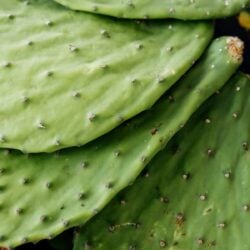
How to Prepare & Cook Nopales
Ingredients
- 4 whole nopales, cactus paddles
- 1 tablespoon kosher salt
Instructions
How to Prepare Nopales for Cooking or Eating Raw
- Remove any spines on the nopales by running a sharp paring knife against the grain of the spines.
- Cut away the outer edge and then slice off the base of the nopal.
- You can now eat the nopales raw, or choose your favorite cooking method.
Cooking Option 1: How to Grill Nopales
- Slice and score the nopales, keeping base intact.
- Generously sprinkle nopales with salt.
- Cook nopales on a griddle pan or grill on medium-high for 4-5 minutes per side. Feel free to cook longer if you do not want to see any baba
Cooking Option 2: How to Boil Nopales
- Chop or slice the cactus paddles into bite-size pieces or strips.
- Place in a medium pot with salt, and fill with water until all the cactus paddles are covered.
- Bring to a boil over high heat. Reduce heat to medium, cover with a lid, and cook for 10-15 minutes, once the nopales have changed color they are good to go.
- Drain and, if you wish, rinse them in cold water.
- Eat plain or saute in olive oil. (See post above for nopales recipes.)
 Muy Bueno: Fiestas
Muy Bueno: Fiestas 


2 Comments on “How to Prep and Cook Nopales”
I love the description of lemony green beans having a baby with okra. Made me lol
I have been seeing cactus as plant that is not useful at all but now am going to make the best use of it.